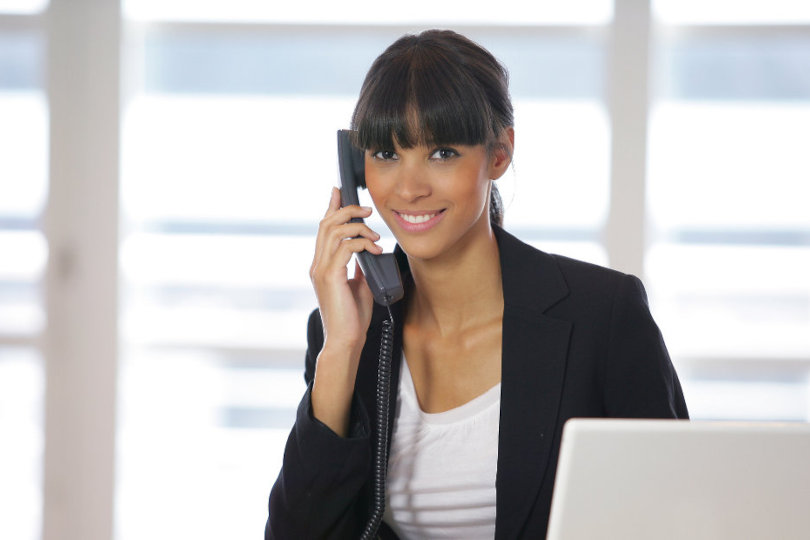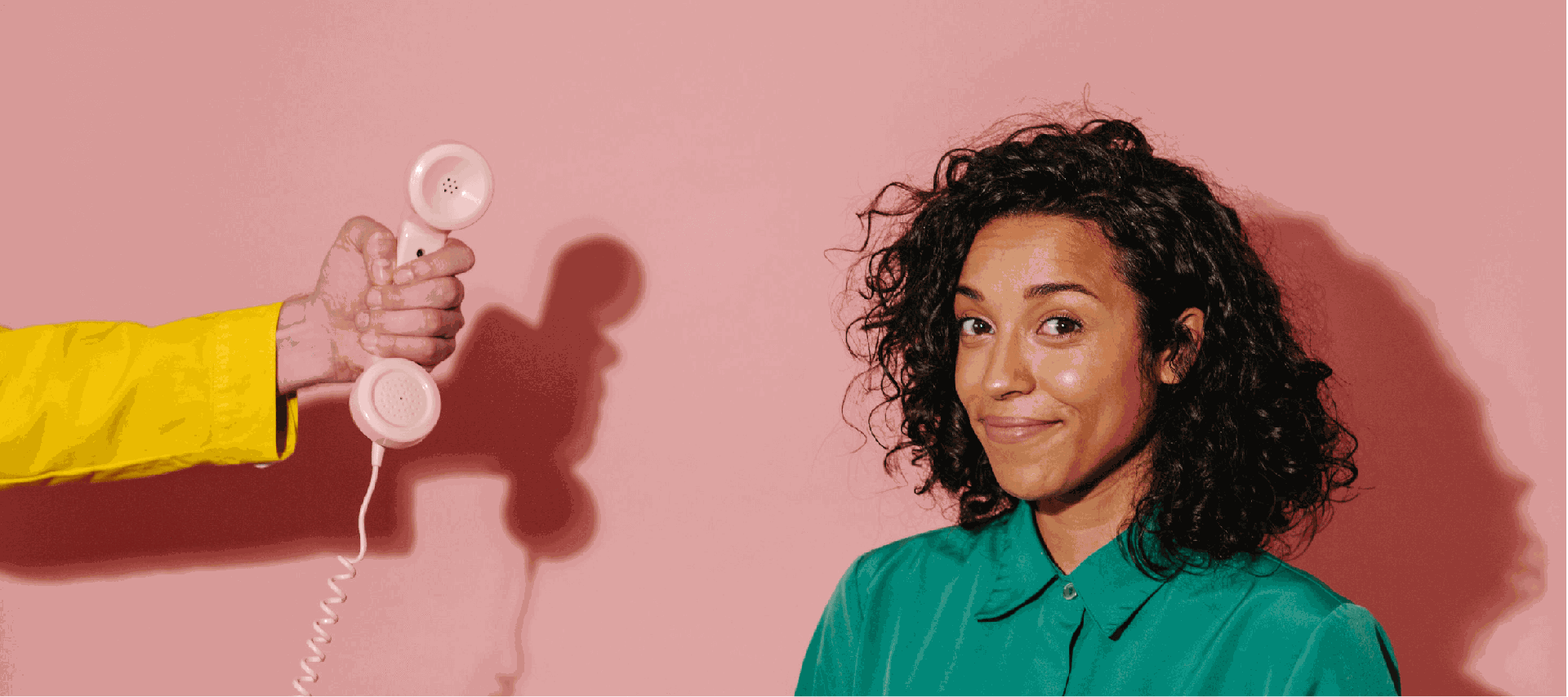All Categories
Featured
Table of Contents
- – Who Is The Best How To Call Forward To An Answe...
- – What Is The Best Your Virtual Receptionist: Ph...
- – Which Brand Of 9 Best Answering Service Provid...
- – What's The Best 4 Different Types Of Business...
- – Which Is Best 24/7 Live Telephone Answering S...
- – When Best Time To Buy Answering Adelaide - P...
Who Is The Best How To Call Forward To An Answering Service Manufacturer
This gadget and its followers were created by Sava Jacobson, an electrical engineer with a personal consulting business. While early answering machines used magnetic tape technology, many contemporary devices utilizes solid state memory storage; some devices use a mix of both, with a solid-state circuit for the outbound message and a cassette for the incoming messages.
"toll saving" below) (business answering service). This is useful if the owner is screening calls and does not wish to speak to all callers. In any case after going, the calling celebration ought to be informed about the call having been addressed (in a lot of cases this begins the charging), either by some remark of the operator, or by some greeting message of the little bit, or addressed to non-human callers (e.
This holds specifically for the TADs with digitally stored greeting messages or for earlier devices (prior to the increase of microcassettes) with an unique endless loop tape, different from a 2nd cassette, dedicated to recording. There have been answer-only gadgets without any recording capabilities, where the greeting message had to inform callers of a state of existing unattainability, or e (virtual telephone answering service).
What Is The Best Your Virtual Receptionist: Phone Answering Services Brand

about schedule hours. In tape-recording TADs the welcoming typically consists of an invitation to leave a message "after the beep". An answering device that uses a microcassette to record messages On a dual-cassette answerphone, there is an outgoing cassette, which after the specified number of rings plays a pre-recorded message to the caller.

Single-cassette voice mail include the outgoing message at the beginning of the tape and inbound messages on the remaining space. They first play the announcement, then fast-forward to the next readily available area for recording, then record the caller's message. If there are many previous messages, fast-forwarding through them can cause a significant delay.
This beep is frequently described in the welcoming message, asking for that the caller leave a message "after the beep". Little bits with digital storage for the recorded messages do disappoint this delay, naturally. A TAD may provide a push-button control facility, whereby the answerphone owner can call the house number and, by getting in a code on the remote telephone's keypad, can listen to recorded messages, or delete them, even when far from home.
Which Brand Of 9 Best Answering Service Providers For 2023 [Reviewed] Is The Best?

Therefore the device increases the number of rings after which it responds to the call (typically by 2, leading to 4 rings), if no unread messages are currently saved, however answers after the set number of rings (usually two) if there are unread messages. This allows the owner to discover out whether there are messages waiting; if there are none, the owner can hang up the phone on the, e.
Some machines likewise allow themselves to be from another location triggered, if they have been turned off, by calling and letting the phone ring a particular big number of times (generally 10-15). Some company abandon calls already after a smaller sized number of rings, making remote activation impossible. In the early days of Littles a special transmitter for DTMF tones (dual-tone multi-frequency signalling) was regionally required for push-button control, considering that the formerly used pulse dialling is not apt to convey proper signalling along an active connection, and the dual-tone multi-frequency signalling was carried out step-by-step.
Any incoming call is not identifiable with respect to these homes in advance of going "off hook" by the terminal devices. So after going off hook the calls must be changed to suitable devices and just the voice-type is immediately available to a human, but perhaps, however must be routed to a LITTLE (e.
What's The Best 4 Different Types Of Business Phone Answering Services Brand
What if I informed you that you do not have to in fact choose up your device when responding to a client call? Somebody else will. So convenient, ideal? Addressing call does not require someone to be on the other end of the line. Efficient automated phone systems can do the trick just as efficiently as a live representative and often even better.
An automated answering service or interactive voice reaction system is a phone system that communicates with callers without a live individual on the line - phone answering service. When business use this innovation, clients can get the answer to a concern about your business simply by utilizing interactions established on a pre-programmed call circulation.
Although live operators upgrade the customer support experience, lots of calls do not require human interaction. A basic recorded message or guidelines on how a customer can recover a piece of information normally fixes a caller's instant need - virtual call answering service. Automated answering services are a basic and reliable way to direct incoming calls to the best person.
Which Is Best 24/7 Live Telephone Answering Services In Australia Lg Or Whirlpool
Notification that when you call a company, either for support or product query, the very first thing you will hear is a pre-recorded voice greeting and a series of options like press 1 for consumer service, press 2 for questions, and so on. The pre-recorded options branch out to other options depending on the customer's selection.
The phone tree system helps direct callers to the best individual or department utilizing the keypad on a mobile phone. In some circumstances, callers can utilize their voices. It deserves keeping in mind that auto-attendant options aren't limited to the 10 numbers on a phone's keypad. As soon as the caller has picked their first option, you can design a multi-level auto-attendant that utilizes sub-menus to direct the caller to the ideal sort of assistance.
The caller does not need to interact with an individual if the auto-attendant phone system can handle their issue. The automatic service can route callers to an employee if they reach a "dead end" and need support from a live agent. It is pricey to work with an operator or executive assistant.
When Best Time To Buy Answering Adelaide - Phone Answering Services
Automated answering services, on the other hand, are significantly cheaper and supply substantial expense savings at an average of $200-$420/month. Even if you do not have dedicated staff to manage call routing and management, an automatic answering service improves performance by enabling your group to focus on their strengths so they can more effectively invest their time on the phone.
A sales lead routed to client service is a lost shot. If a consumer who has product questions reaches the incorrect department or receives incomplete answers from well-meaning employees who are less trained to handle a particular type of concern, it can be a cause of frustration and discontentment. An automatic answering system can reduce the number of misrouted calls, thereby helping your employees make much better usage of their phone time while releasing up time in their calendar for other jobs.
With Automated Answering Systems, you can develop a tailored experience for both your staff and your callers. Make a recording of your main greeting, and merely update it routinely to show what is going on in your company. You can produce as lots of departments or menu alternatives as you want.
Table of Contents
- – Who Is The Best How To Call Forward To An Answe...
- – What Is The Best Your Virtual Receptionist: Ph...
- – Which Brand Of 9 Best Answering Service Provid...
- – What's The Best 4 Different Types Of Business...
- – Which Is Best 24/7 Live Telephone Answering S...
- – When Best Time To Buy Answering Adelaide - P...
Latest Posts
Guaranteed Affordable Answering Service ( Wollongong 2500)
Proven Virtual Receptionist Near Me – Sunshine Coast
Secure Dental Answering Service – Joondalup 6027
More
Latest Posts
Guaranteed Affordable Answering Service ( Wollongong 2500)
Proven Virtual Receptionist Near Me – Sunshine Coast
Secure Dental Answering Service – Joondalup 6027